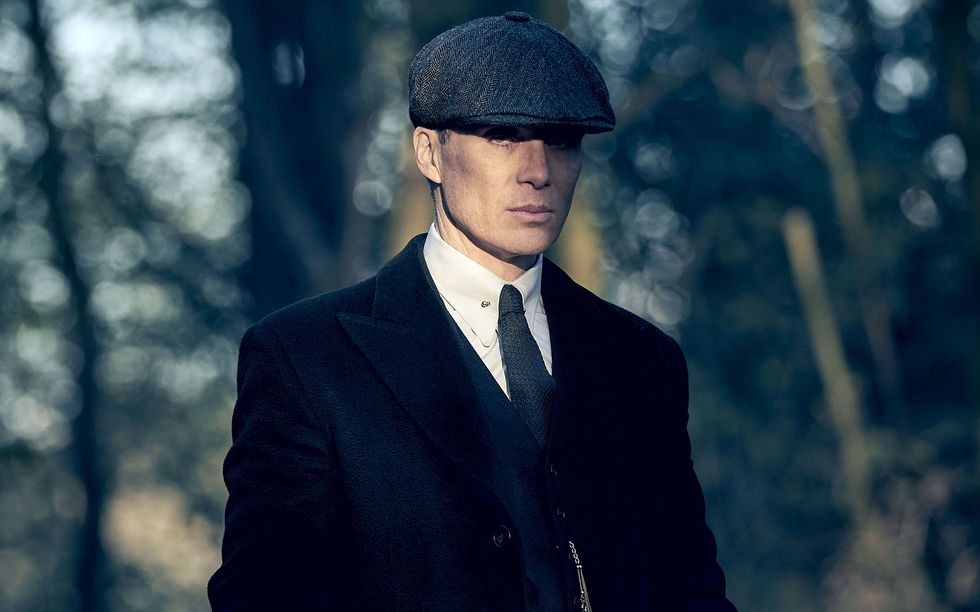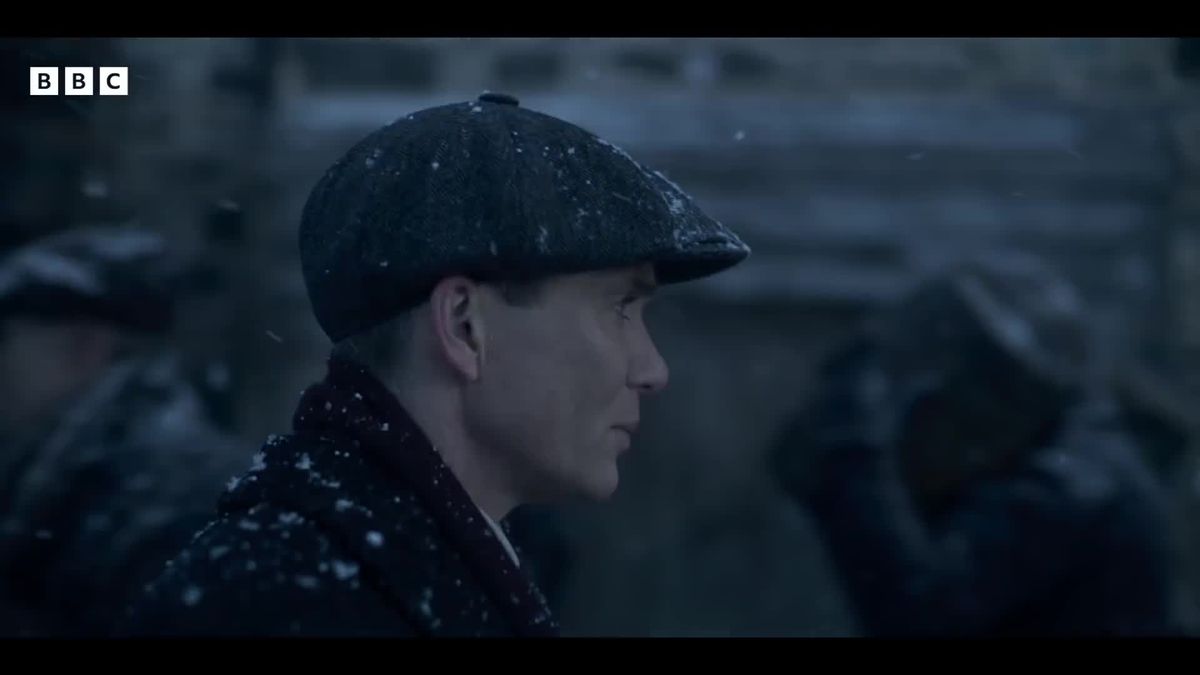It’s difficult to picture now, but there was a time before lads emerged from barbershops with drastic undercuts; a time when flat caps were a staple of rural barge pilots only and the phrase ‘peaky blinder’ was little more than gibberish. Stephen Knight’s BBC crime drama changed all of that almost overnight. Debuting on 12 September 2013, Peaky Blinders introduced us to the coal and smoke-blackened streets of post-WW1 Birmingham from which the Shelby family – led by Cillian Murphy’s haunted Tommy – planned their criminal rise.
In the decade since, the show has enjoyed an embarrassing and slightly gauche degree of popularity. Alongside the BAFTAs and critical praise, the show’s influence has resulted in barber-frustrating requests for a ‘Peaky Blinders haircut’, the resurgence of outdated headwear and other 1920s staples. Then there's Blinders-themed weddings, bars, beers and fan festivals; Tommy Shelby tattoos, a cruise, and even, according to the Office for National Statistics, a rise in babies named after characters from the show. Of course, merchandising has very little to do with the quality of the programme itself, but it is all swirled up in the show’s legacy. Which begs the question: at its core, is Peaky Blinders actually any good, or is it really a bit naff? Another ten years from now, will we still be talking about it?
First, the good stuff. In the late Helen McCrory, in Cillian Murphy and Natasha O’Keeffe, Blinders features some of the best performances on British television, even as some of its more famous guests spend their time chewing the period scenery. As the series (and decades) progress, it is an increasingly stylish show, both in its wardrobe and set design. Knight’s desire to take a sober-faced look at real-life events, like the rise of the British Union of Fascists, is laudable.
Blinders falters in its immense desire to be cool. Often, the show is so heavy handed you’re left nursing your cheek as the credits roll. Consider the jarring Radio X soundtrack. The scene where Arthur, shirtless among the hellish (get it?) smoke and flames of a Shelby parts factory is doused in red paint as he mercilessly dispatches two assailants. The neon lighting, endless effin’ smoke, the Dickens-lite monologues. In its ambition, Blinders takes bigger swings than the usual BBC fare. In its execution, it’s sometimes all a bit, well, GCSE drama.
Does the quality outweigh the cringe? The Sopranos is arguably the gold standard of a show that changed culture and stayed the course. Peaky Blinders doesn’t have that show’s humour, or its ability to go as deep into its characters and their world, but it does try. As the show progresses the tone becomes more sombre, the slow-motion strutting of it all dialled back in favour of deeper explorations of human emotion. It’s allowed more time to breathe; the villains become less cartoonish as our (anti)heroes become more real. Like Tony Soprano’s therapy sessions, Tommy Shelby’s dark night of the soul can be excruciating to witness (interestingly, his self-commissioned portrait-with-horse echoes Tony Soprano’s portrait with Pie-O-My). And, like Carmela Soprano, Helen McCrory’s Aunt Polly fights to re-centre the drama away from the world of men being men.
Yes, Peaky Blinders is purposefully pulpy. And yes, many shows have a shaky start. To spend time with Peaky Blinders is to accept all of this as best you can. But, despite its flaws, it is inarguable that when the show does gel, it catches fire. If a rumoured movie continues to build on the show’s snowballing quality, it’s likely the show will cement its place in TV history. No amount of knockoff ‘By order of the Peaky Blinders!’ t-shirts could diminish that.

Tom Ward is a freelance writer and author. He is a winner of the GQ Norman Mailer Award and a PPA Award. Find him at tomwardwrites.com














